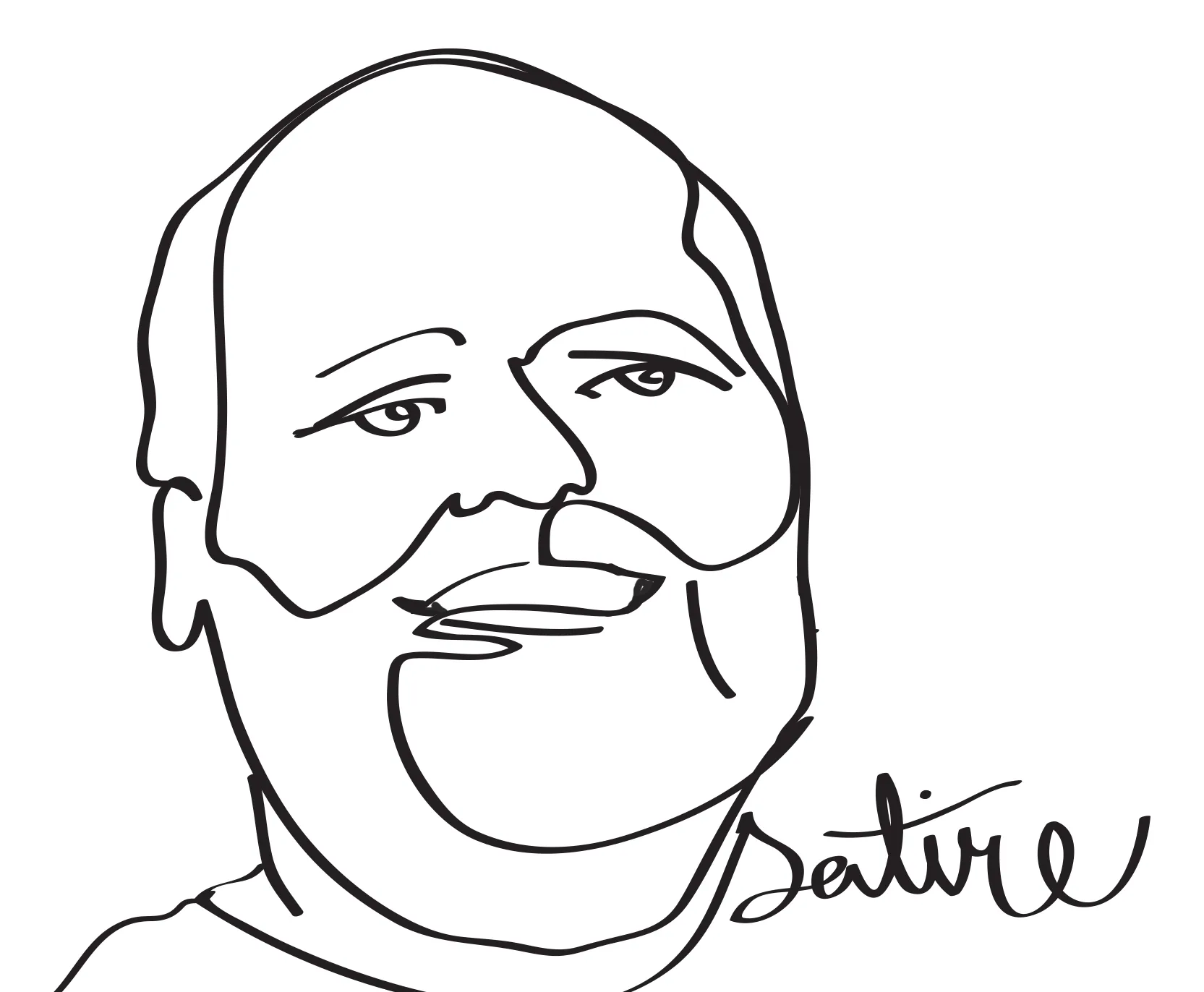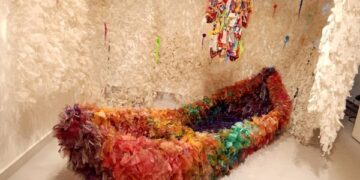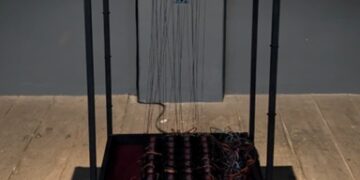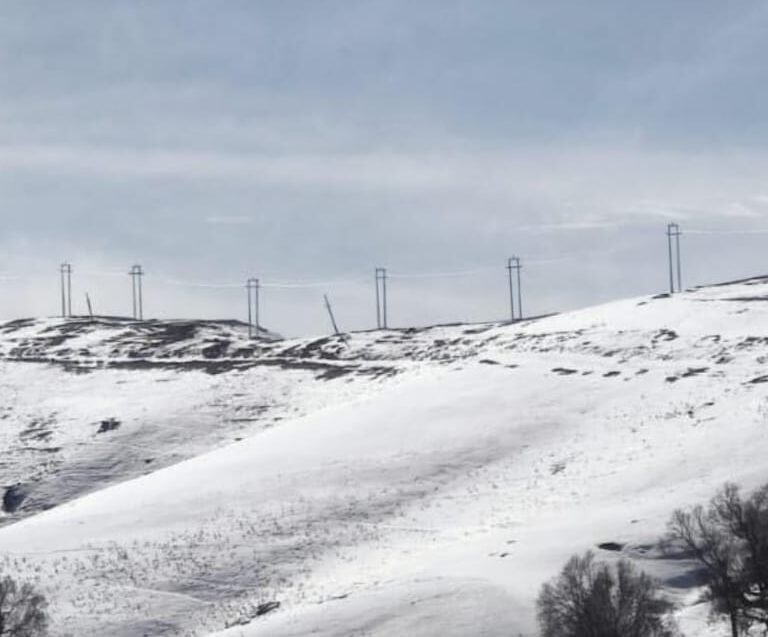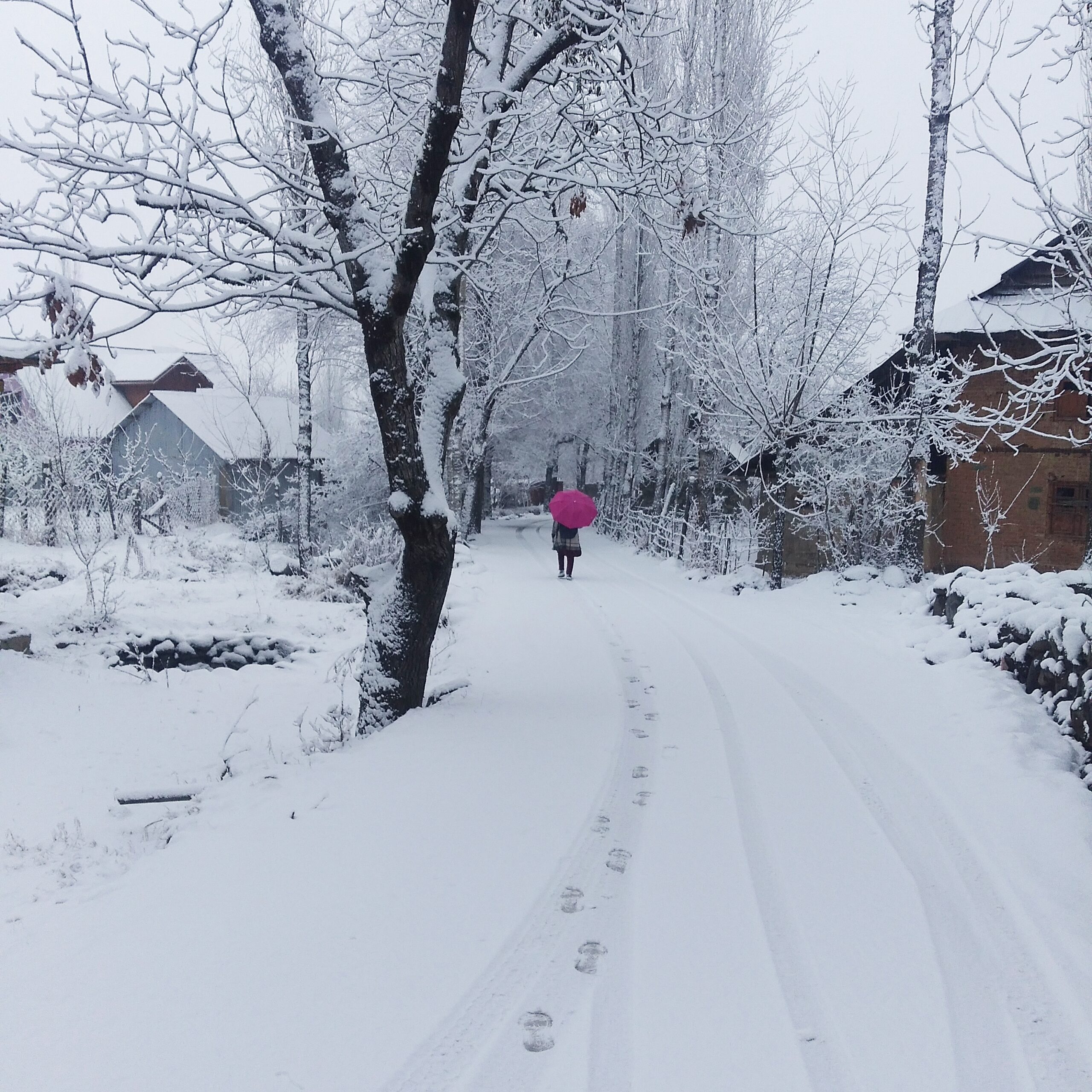In recent times, India has witnessed an unsettling rise in the targeting of stand-up comedians for satirical remarks on politics and society. What was once viewed as sharp social critique is now increasingly being treated as dissent deserving of outrage or even legal action. Comedians, who have long served as the court jesters holding up a mirror to society’s flaws, now find themselves silenced, trolled, or threatened for doing what artists have always done—tell uncomfortable truths.
But this issue is far broader than comedy alone. Across disciplines—painting, performance, sculpture, street art, and film—artists working on critical themes such as caste injustice, gender inequality, climate change, and political corruption face growing scrutiny. Murals are whitewashed, exhibitions are shut down, performances are cancelled, and works are labeled “anti-national” or “objectionable” for daring to address the fractures within our social fabric.
This shrinking space for expression is not just a cultural loss—it’s a democratic one. Artists of all kinds are essential to a healthy society. Their freedom to question, provoke, and imagine is vital for any nation aspiring to progress. The role of the artist is not to please, but to probe—to reflect the spirit of the times and challenge the status quo when needed.
India has a rich tradition of socially conscious art, from the revolutionary theatre of Safdar Hashmi to the contemporary installations of artists like Vivan Sundaram and Anita Dube. Today’s artists continue that legacy, using their platforms to speak on mental health, ecological collapse, urban alienation, and systemic injustice. Their voices must not be drowned out by intolerance or fear.
When artists are forced to self-censor, when satire is seen as sedition, and when critique is mistaken for contempt, the entire society suffers. A society that stifles its artists risks losing its soul. True progress comes not from uniformity of thought, but from the clash of ideas, from critique, and from reflection. Protecting the freedom of artistic expression is not a luxury—it is a necessity for a free, just, and creative society.
Paul klee: A Journey Through Color, Form, and Imagination
Paul Klee was born in 1879 in Münchenbuchsee, near Bern, Switzerland, the second child of Hans Klee, a German music teacher, and his Swiss wife. His formal training in art began in 1898, when he studied drawing and painting in Munich for three years. By 1911, he had returned to the city and became associated with the German Expressionist group Der Blaue Reiter (The Blue Rider), founded by Wassily Kandinsky and Franz Marc. Klee formed a lifelong friendship with Kandinsky, whose support and influence were instrumental during Klee’s early years, which he had spent largely in artistic isolation.
Klee’s early work included caricatures, Symbolist-inspired drawings, and monochromatic small-scale compositions. Over time, his style absorbed elements from Cubism and the luminous color studies of Robert Delaunay. A pivotal moment came in 1914, when Klee visited Tunisia. The clarity and intensity of the North African light had a profound effect on him, igniting a deep engagement with color. From this experience, he began to liberate color from form, using it independently to express emotion and atmosphere—marking a decisive move toward abstraction.
By 1915, Klee had abandoned painting from life, choosing instead to draw from imagination, dreams, music, literature, and his observations of the world. His whimsical symbols and abstracted forms conveyed a wide range of themes—from the humorous and fantastic to the poetic and meditative. Titles played a crucial role in his work, often guiding the viewer’s interpretation through irony, wordplay, and layered meaning.
In 1920, Klee was invited by Walter Gropius to join the Bauhaus—a groundbreaking school of art, design, and architecture in Weimar, later moved to Dessau. His time at the Bauhaus (1921–1931) was one of extraordinary productivity, accounting for nearly half of his approximately 10,000 works. These small-scale watercolors, paintings, and drawings explored visual theories of form, movement, and color relationships. Works such as Static-Dynamic Gradation (1923) reflected his teaching interests, while pieces like Ventriloquist and Crier in the Moor displayed his trademark mix of humor and surreal fantasy.
After leaving the Bauhaus, Klee joined the Düsseldorf Academy in 1931, hoping to secure a more permanent academic position. However, the political climate in Germany soon darkened with the rise of the Nazi regime. In 1933, the Nazis denounced Klee’s art as “degenerate,” his home was searched, and a right-wing publication falsely identified him as Jewish. He was dismissed from his post and forced to flee to Switzerland with his family.
Klee’s final years were marked by illness and political upheaval. He was diagnosed with scleroderma, a degenerative disease that impacted his mobility and energy. These hardships are evident in the shifting tone of his late works—forms became larger, more generalized, lines turned into thick black bars, and his use of color became more subdued and starker.
Despite these challenges, Paul Klee remained astonishingly prolific and deeply inventive until his death in 1940. His legacy as a painter, teacher, and theorist continues to shape modern art, celebrated for his unique synthesis of humor, abstraction, symbolism, and emotional depth.
DIY Tutorial: Making Charcoal Sticks from Willow Twigs
Making your own charcoal sticks at home is a satisfying and eco-friendly way to connect more deeply with your artistic process. Willow twigs are especially popular for this, as they are soft, even texture when carbonized. Here’s how you can try to make your own drawing charcoal using simple materials.
What You’ll Need:
Fresh willow twigs (pencil-thick, straight, and about 5–10 inches long)
A metal tin with a tight-fitting lid (e.g. an old cookie tin or mint box)
A small drill or nail (to make a vent hole)
A campfire, fire pit, BBQ grill, or wood stove
Gloves and tongs (for safety)
Step 1: Harvest and Prepare the Twigs
Find a willow tree (any variety—white willow is ideal).
Cut straight, smooth twigs about the thickness of a pencil.
Remove bark if you prefer a cleaner finish (optional but recommended).
Let the twigs air-dry for a few days if freshly cut, to reduce moisture content.
Step 2: Load the Tin
Cut the twigs to the length of your container.]
Place them tightly inside the metal tin, lying flat.
Drill or punch a tiny hole (1–2 mm) in the lid to allow gases to escape during the burn.
Step 3: Carbonize the Wood
Place the sealed tin into hot coals or a fire, ensuring it’s surrounded by heat.
Let it cook for about 1 to 2 hours. You’ll see smoke or gas escaping through the vent hole—that’s normal.
Once smoke stops and you sense the burn is complete, remove the tin carefully using tongs.
Let it cool completely before opening (this avoids sudden oxidation or crumbling).
Step 4: Test and Use!
Open the tin—you should see black, lightweight sticks of charcoal.
Gently test them on paper. If they crumble easily, the burn was too long. If too hard, they may need a bit more fire next time.
Store in a dry place, and enjoy drawing with tools you made yourself!
Pro Tips:
Want softer charcoal? Try cooking a little longer.
Mix stick sizes for varied line thicknesses.
You can experiment with other woods (like vine or grape) to compare textures.

